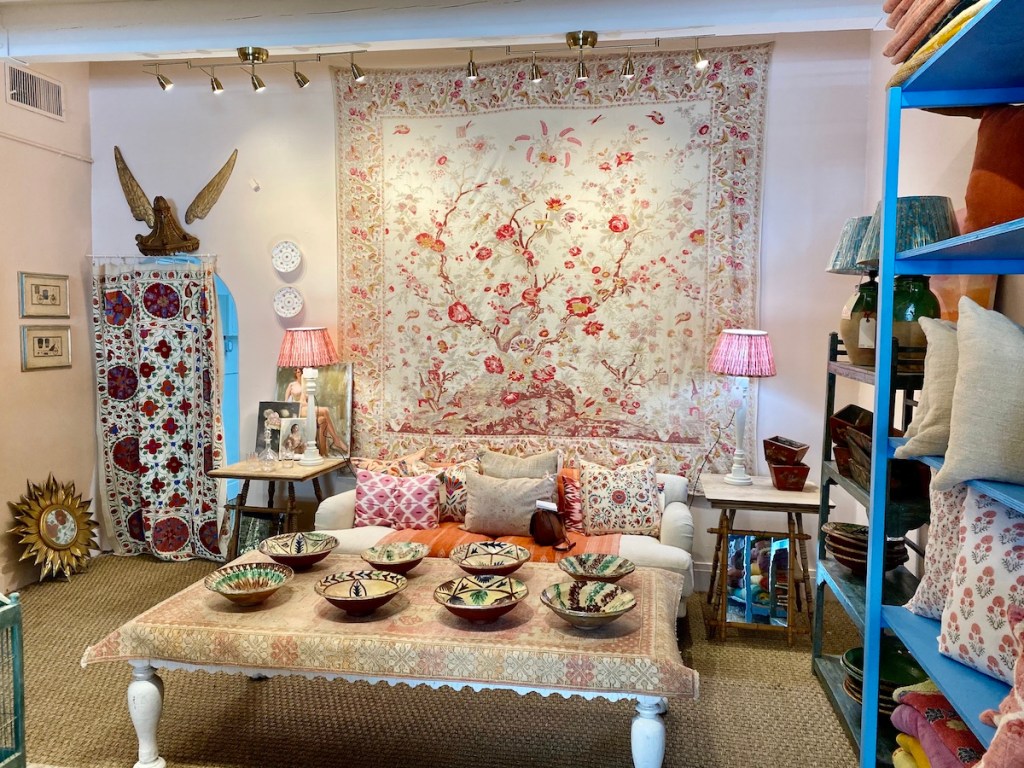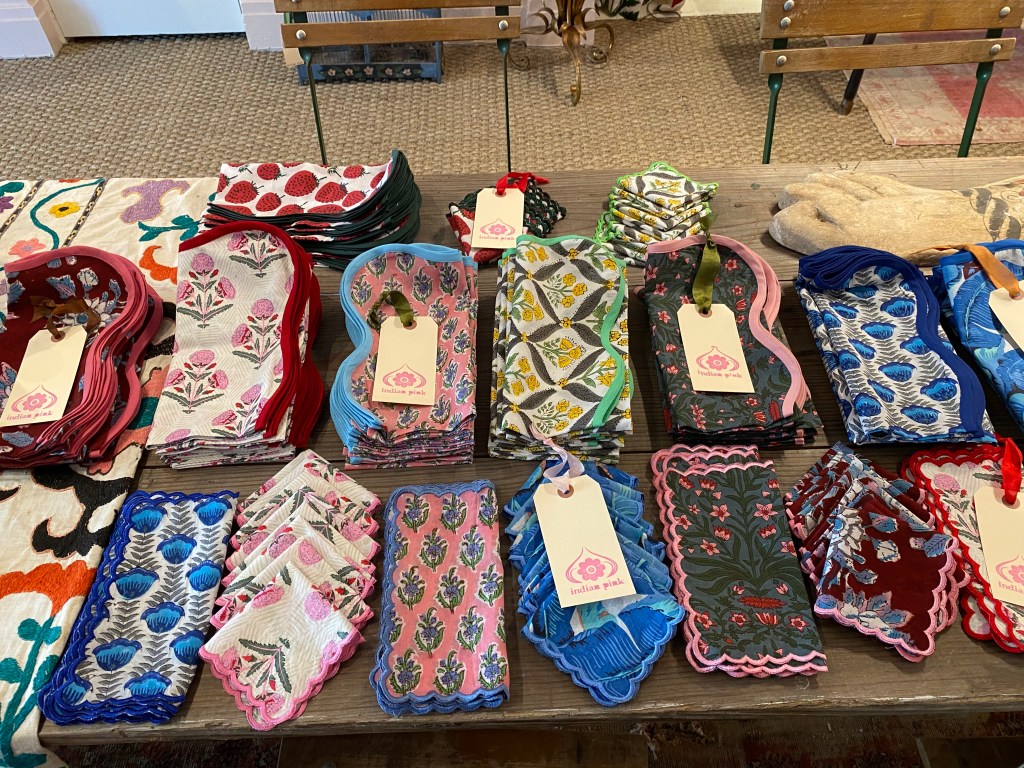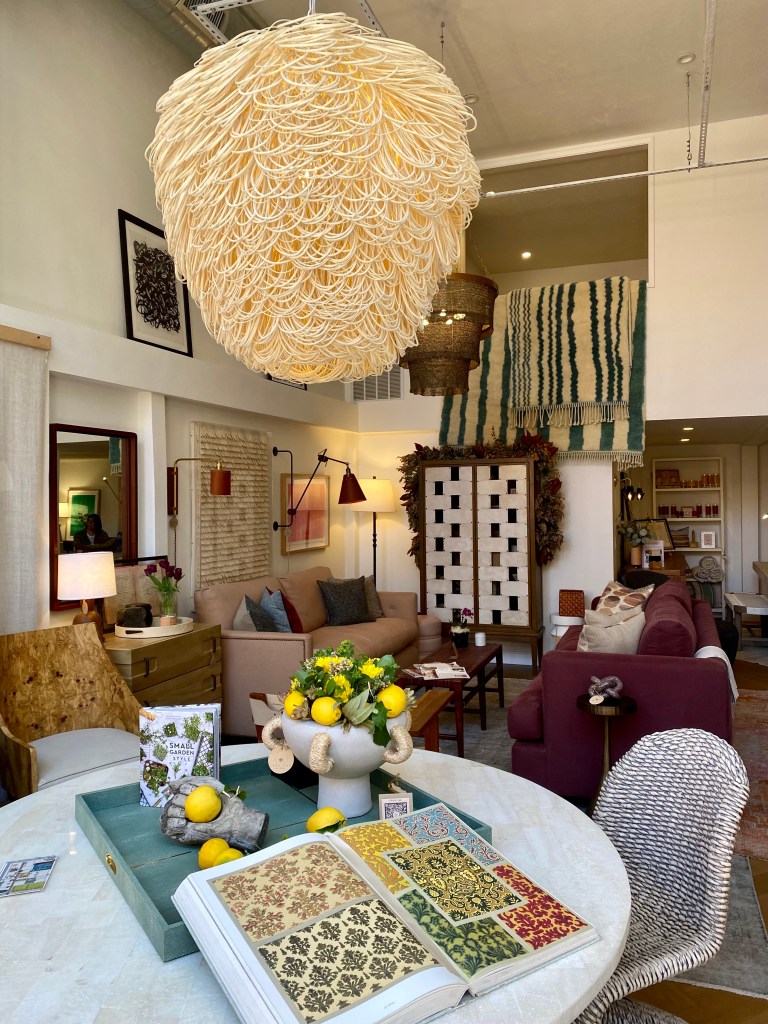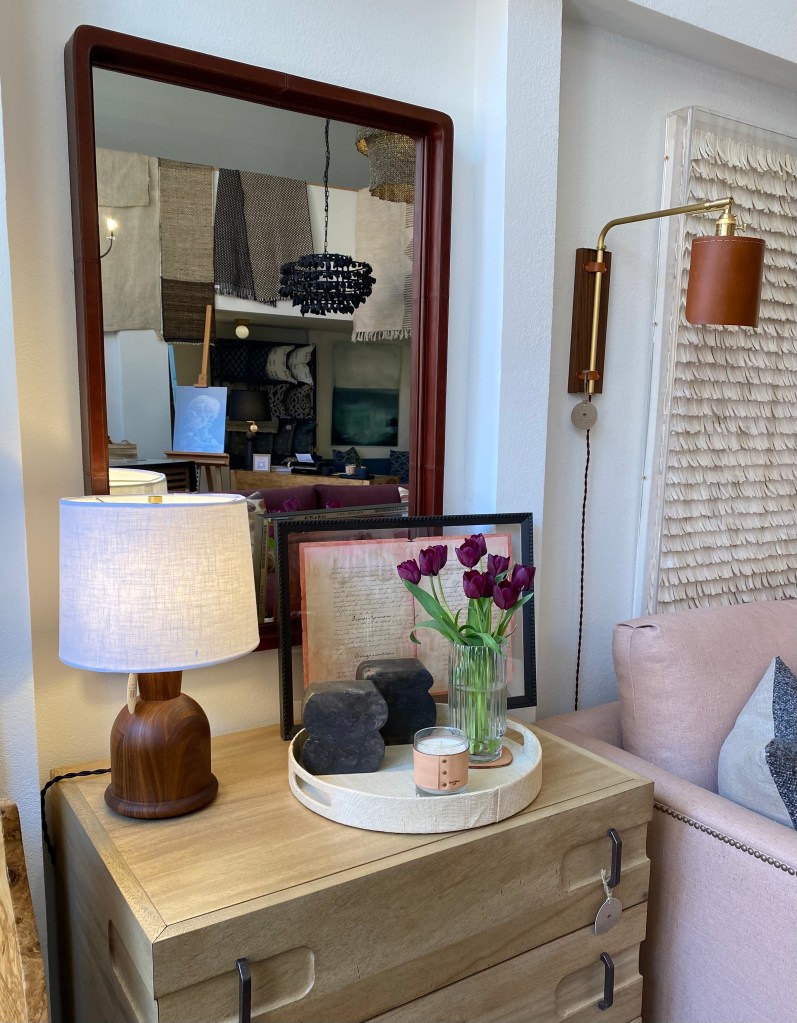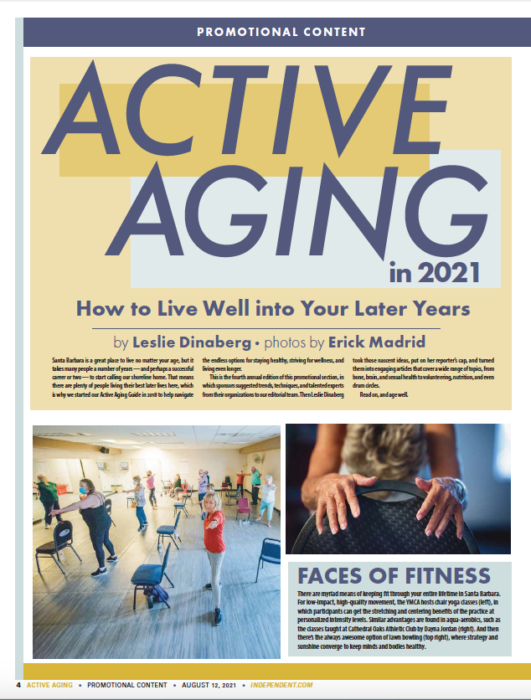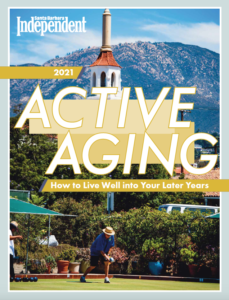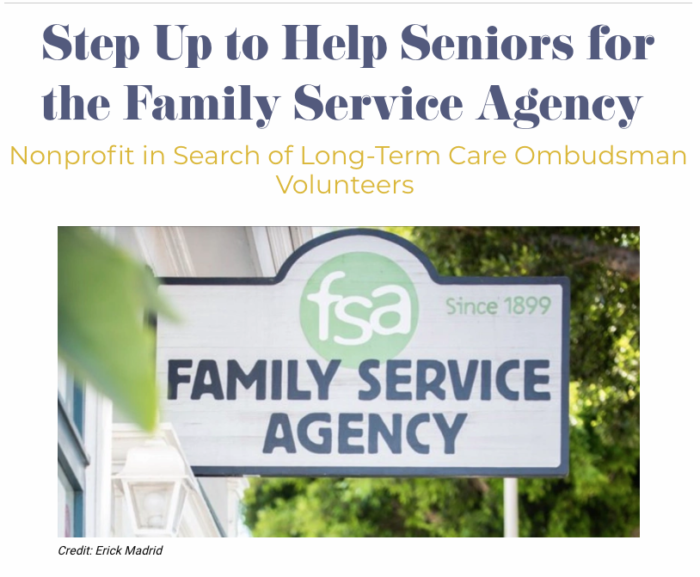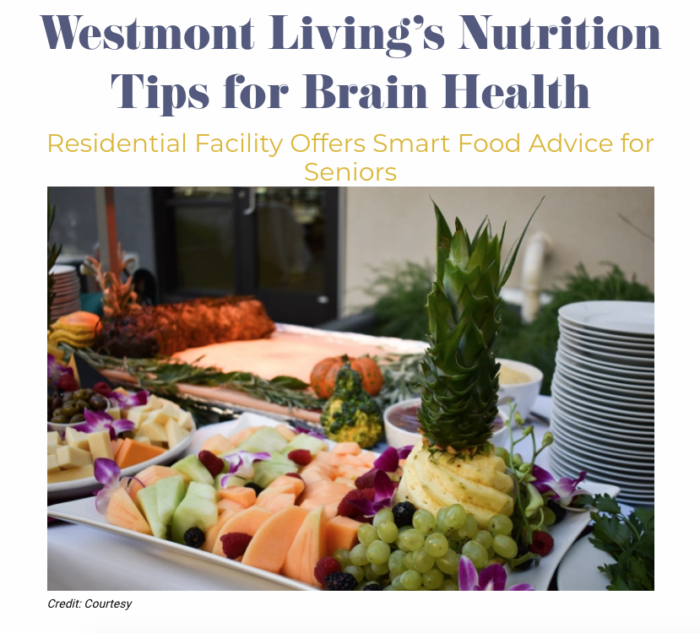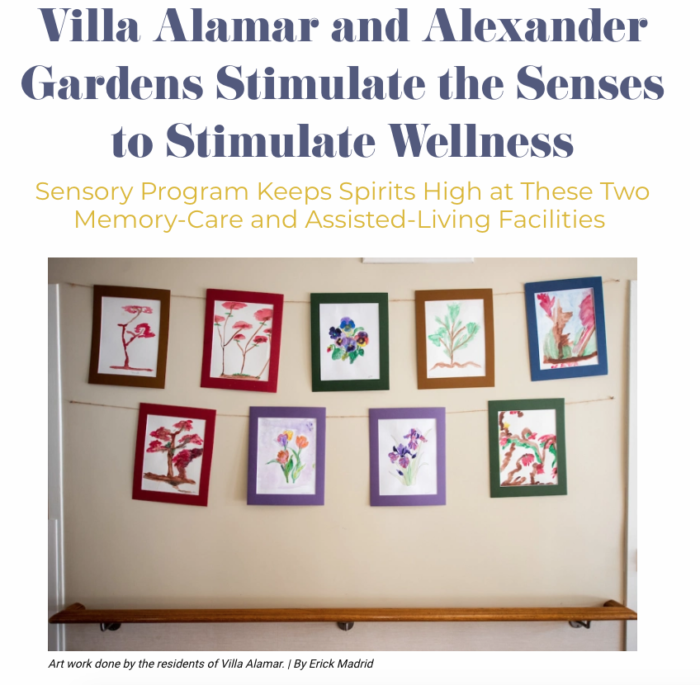
The road to zero carbon is being paved by elected officials, builders, and activists. And an increasingly important part of the journey is getting rid of gas furnaces, water heaters, ranges, and other appliances and replacing them with electric alternatives that make buildings safer, more efficient, and more environmentally friendly — especially as more renewable power is added to the grid.
Last summer, the Santa Barbara City Council voted unanimously to enact a new building ordinance (known as a “reach code”) prohibiting natural gas infrastructure in newly constructed buildings (with the exception of restaurants and applications where there isn’t yet a viable electric alternative to gas). There are also many rebates and incentives available for existing homes to make the switch to electric.
Heat pumps, which control household climates by extracting and moving the heat in the air, are extremely energy-efficient. According to the Department of Energy, installing an air-source heat pump can cut your electric bill in half, and heat pumps are generally considered more comfortable than traditional heating and cooling. “The other big advantage that heat pumps offer in our warming climate is that they can provide both heating and cooling in your home, so they can essentially be used to replace both a furnace and an air conditioner,” said Michael Chiacos, energy and climate program director at CEC.
If you’re considering a new furnace or installing air conditioning in your home, TECH Clean California is currently offering up to $3,000 per unit rebate on central heat pumps or mini-split heat pumps. That same group also has a $1,000-$3,100-per-unit rebate on heat-pump water heaters. Other vendors offer incentives for air sealing, insulation and ductwork, whole house fans, smart thermostats, and electric backup power units (see switchison.org/incentives for more information).
Heat induction cooktops are another innovation that has come a long way in recent years. Unlike traditional electric stoves that heat with coils, induction cooktops use magnets to transfer heat directly to the pan through the process of induction. These ranges heat up faster (they can bring water to a boil in half the time of gas), allow you to cook at very specific temperatures, and are safer. Induction burners only heat the pan and not the cooktop surface, which means the rest of the stove remains cool when it’s on. Without an open flame, people are less likely to burn themselves or accidentally start kitchen fires.
“I am a total covert,” said Dennis Allen, founder of Allen Construction. He’s been cooking on a five-element magnetic induction cooktop for more than a decade. “It is fabulous,” he said. “It’s so responsive, and it is so good for the environment because it’s about double the efficiency of natural gas, because natural gas is heating all of the air around the pot and this power only heats the pot.” He also likes that it’s safer to cook with his granddaughter because she won’t get burned by the cooktop.
If you’re interested in trying before buying, many vendors offer portable models to take home and test. The Santa Barbara Public Library’s Library of Things also has an induction cooktop you can check out.
As more and more information comes out that electric homes are safer and healthier to live in, they are also becoming more practical and affordable, especially with the various incentives. There are some federal incentives for solar installation that are expiring soon, so the time to act is now, said Chiacos.
“Having an all-electric home with solar is definitely the way to go, because then you are using your locally generated sunshine to run your house, and hopefully power your car, too,” he said.

Santa Barbara Independent, May 19-25, 2002. ON THE COVER: Madame Ganna Walska, taken c. 1958. Photo by J.R. Eyerman/Lotusland Archives. Design by Ava Talehakimi.
Originally published in the May 19-25 issue issue of the Santa Barbara Independent. To see the story as it originally appeared click here.

